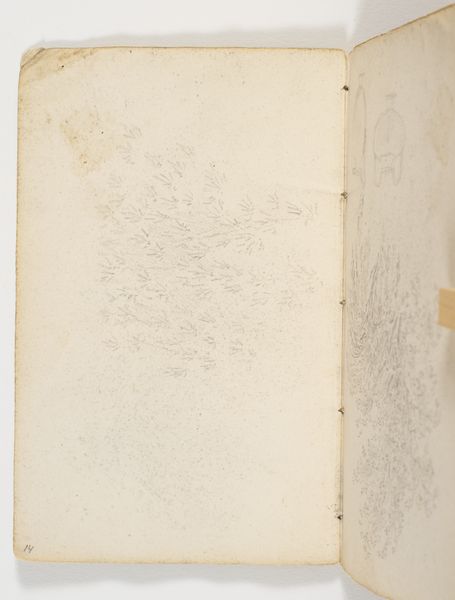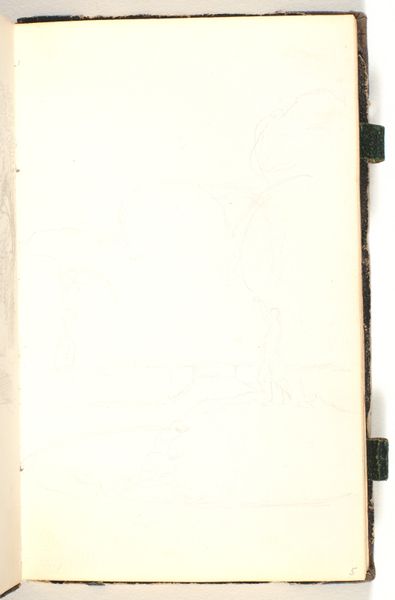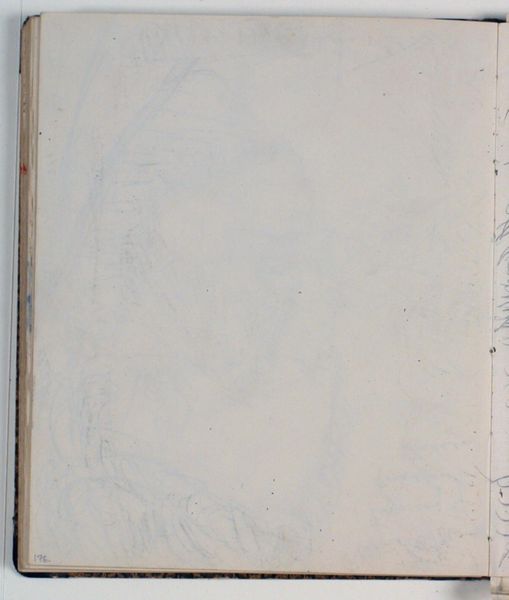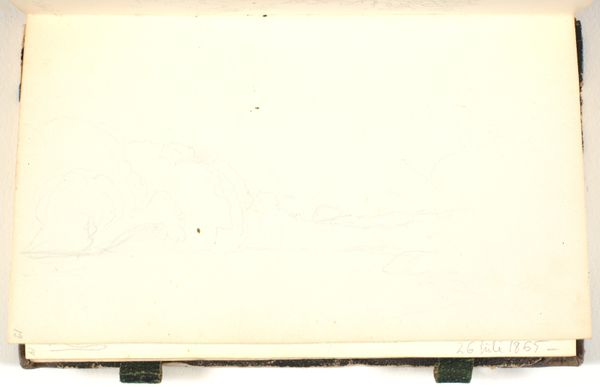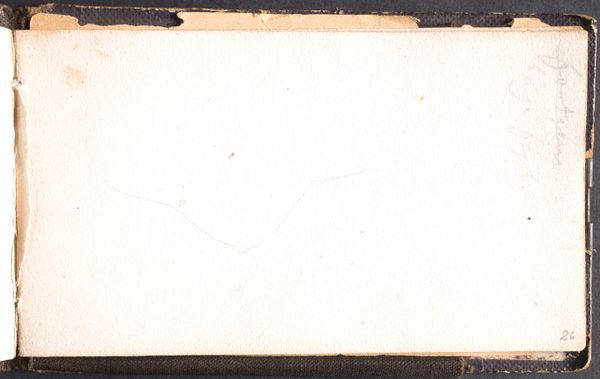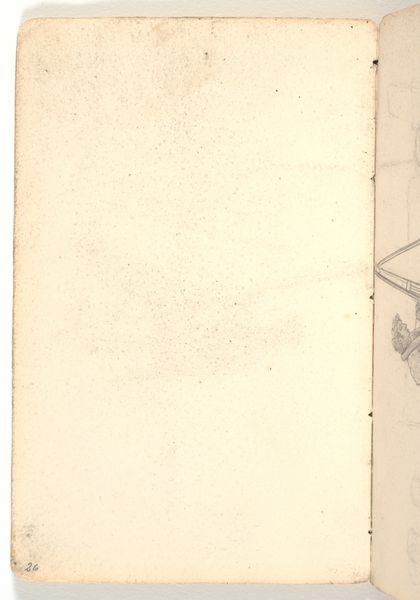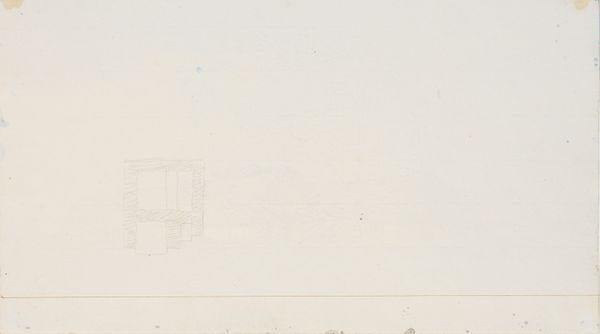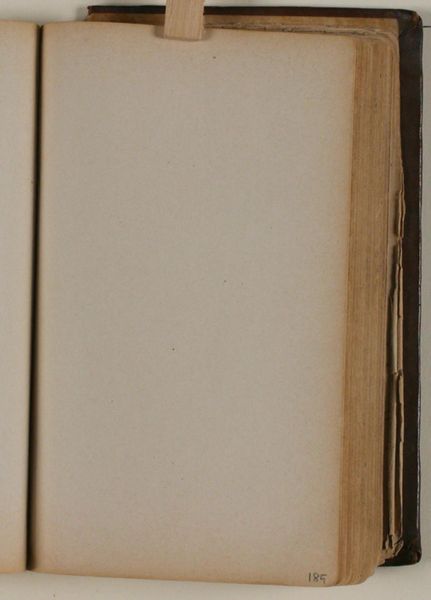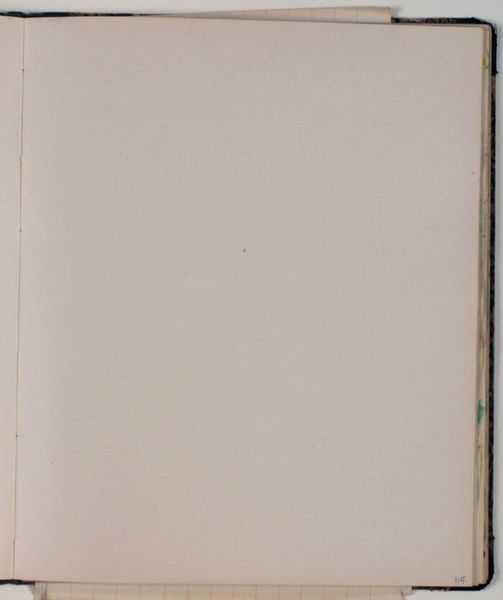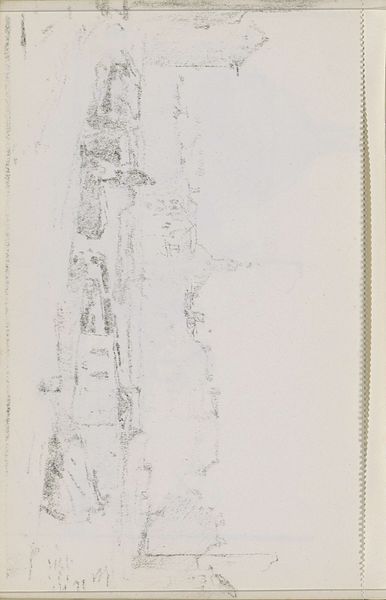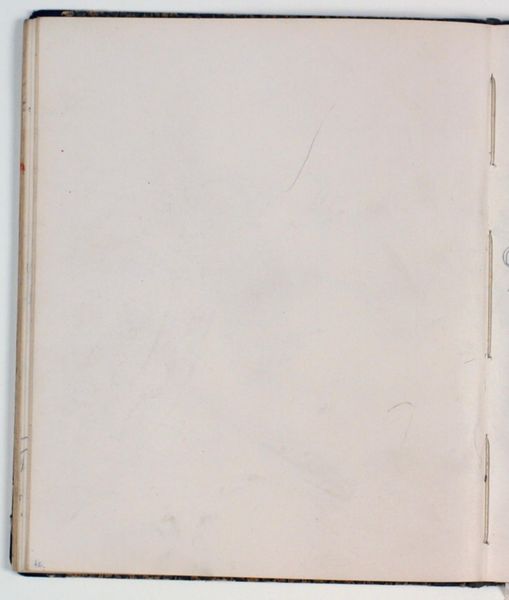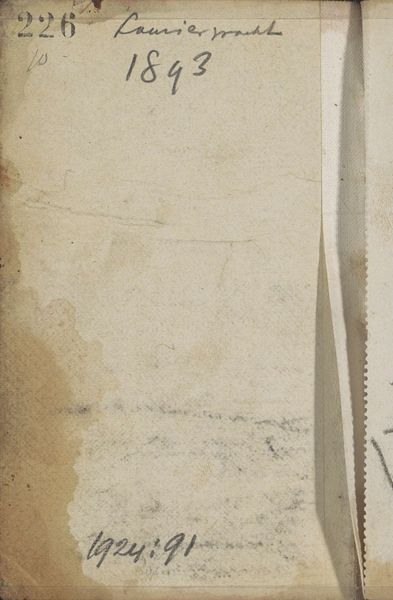
drawing, paper, pencil
#
portrait
#
drawing
#
paper
#
pencil
#
realism
Dimensions: 188 mm (height) x 109 mm (width) (bladmaal)
Curator: Today, we’re looking at a drawing titled "En bondekone," which translates to "A Peasant Woman." P.C. Skovgaard created this pencil drawing on paper around 1870. Editor: It’s barely there, isn’t it? So faint. Such delicacy and openness. There’s such an economy of line in capturing her posture. Curator: Skovgaard was a key figure in Danish Golden Age painting, often celebrated for his landscapes. But his studies of rural figures offer a glimpse into the lives that populated those landscapes. Think about the social context: industrialization, urbanization. These drawings signal a cultural interest in preserving the image of rural life as 'authentic' and 'Danish.’ Editor: You can definitely see the emphasis on simple, elegant forms. I'm captivated by how lightly the figure sits on the page, almost ethereal. Note how the minimal strokes define the form of the woman's headdress, framing her face in shadow. Curator: These drawings, including "En bondekone", can be contextualized within broader discussions of nationalism, identity formation, and the romanticization of peasant culture during the 19th century. Museums like the SMK, Statens Museum for Kunst, became crucial spaces for showcasing these narratives and defining a national artistic identity. Editor: It really is about the artist’s touch. The almost translucent quality created with so few strokes of the pencil communicates her very essence, without ever being fully realized. It leaves us with a ghostlike memory. Curator: Exactly, the drawing becomes more about evoking the idea of rural womanhood rather than presenting an accurate portrayal of an individual. Editor: What's amazing to me is the contrast with so many contemporary artworks. We're so used to works shouting at us to feel a particular emotion, yet here the understatement allows room for a genuine response, from within ourselves. Curator: These images of rural life and the people connected with them gained meaning within the museum space, acting as a historical marker of what Danish culture was at this period. Editor: Beautifully put, and perhaps that is what I connect to most; it presents its story in subtle terms of structure and tone, almost an understatement.
Comments
No comments
Be the first to comment and join the conversation on the ultimate creative platform.
